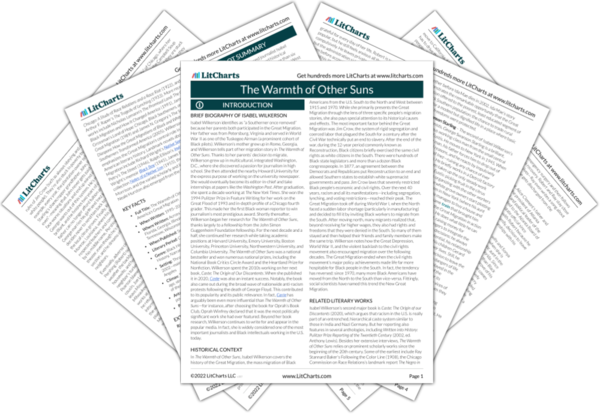Wilkerson compares race riots to lynching not only because they are both common forms of racist violence, but also because they serve the same specific function: they both use terror to try and prevent the Black population from seeking better wages, political rights, and living conditions. The city government’s report on the riots is significant not only because it gives a detailed portrait of what happened, but also because it shows that local governments fully understood the situation and were capable of addressing it—but chose not to. In other words, the report disproves the common but naïve assumption that racist policies in the past were merely “products of their time,” and that nobody stopped them simply because nobody knew any better. In reality, Chicago’s segregation was a deliberate policy decision.


